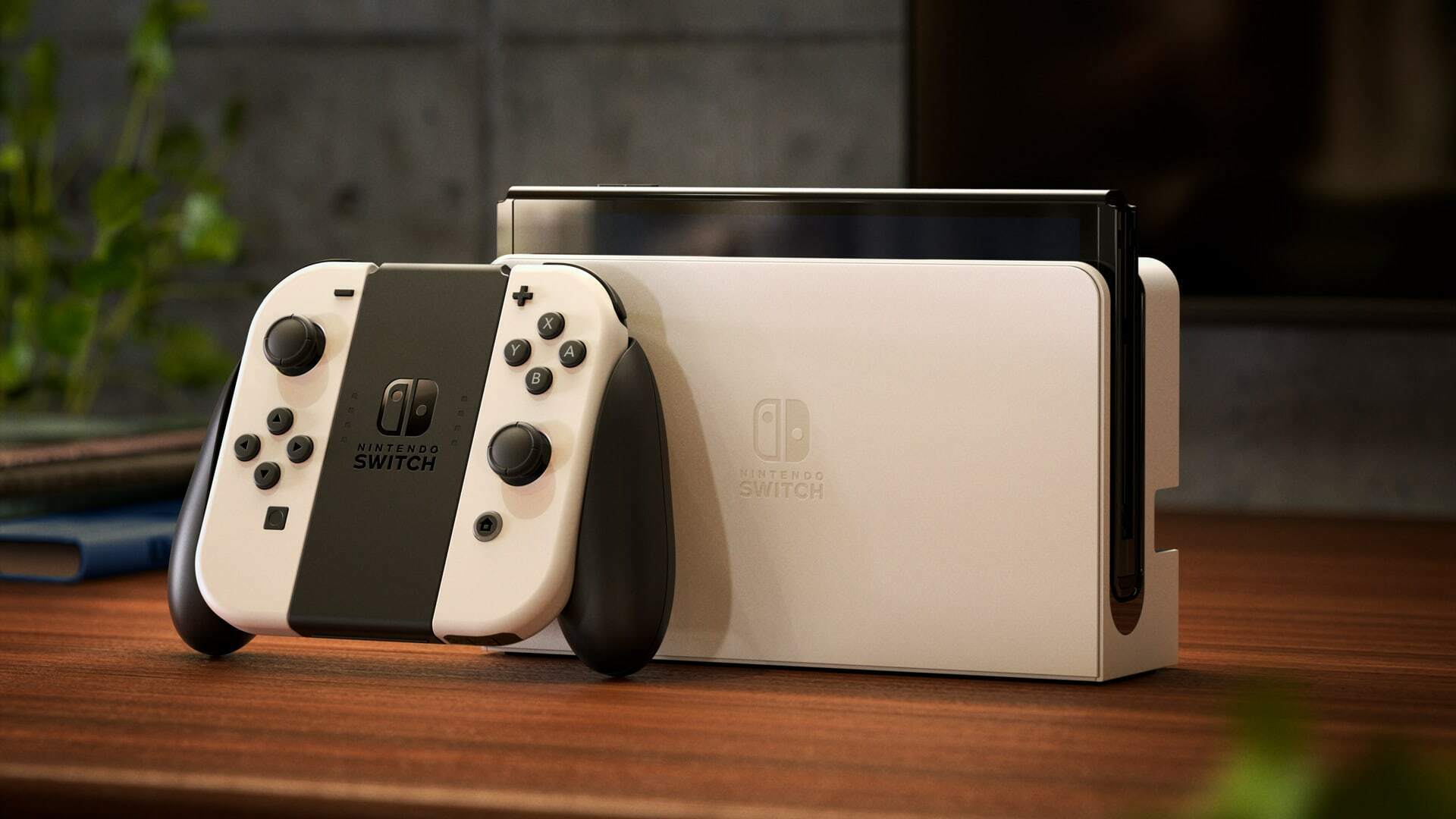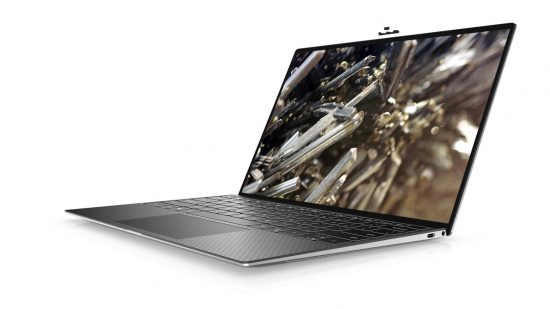With so much hardware on the market and a variety of display technology solutions to consider, the endless font of associated jargon can make purchasing decisions harder than they need to be. This is the case with OLED, which tends to feature on the best laptops on the market.
No need to worry, though; Gear Nuke is here to give you all the details on what OLED actually is, how it compares to LCD screen technology, and why you should consider OLED-powered products when you’re looking for a new device.
Pros and Cons of OLED
Pros
- Great contrast improves the viewing experience
- Energy-efficient technology
- Superb display quality across a wide range of viewing angles
Cons
- Still more expensive than LCD options on the market
- Less bright than LCD displays, which can make glare a problem

What is OLED?
To put things plainly, OLED stands for organic light-emitting diode. While organic may seem like an attribute given to fruits and vegetables, in this case, it is describing a compound layer that reacts when a current is flown through it. Red, green and blue work together with this layer to create all the colors we see on our screens as pixels. Where traditional LCD displays require a backlight to create the images, OLED can achieve a greater contrast as the pixels without a current can appear completely black.
Is OLED better than LCD?
OLED and LCD screens are the two most popular screen types you are like see in electronics stores and advertised online in 2023. While both styles have their pros and cons, there are a few key differences worth being aware of when making your choice.
One significant benefit that OLED has over LCD is that it generates its own light, meaning it doesn’t require a backlight to function. This makes the contrast on your screen much more noticeable. As a result, visual set pieces, like the gorgeous sunsets over Hyrule in Tears of the Kingdom on a Nintendo Switch OLED, pop and appear more vibrant as you watch.
However, on the flip side, LCD displays can achieve brighter results courtesy of that back-lighting, which can help with glare on sunny days. Overall, there is no clear winner and picking the right screen for you can come down to where you’re going to be using it and what you’re using it for.

Should you buy an OLED Product?
With OLED becoming more available as a display option, it’s a great choice for those after a crisp viewing experience with great contrast. Another great selling point for OLED is that its display is clear from a wide variety of viewing angles.
While TVs may stay static on the wall, smartphones or handheld consoles like the Nintendo Switch OLED benefit from this maneuverability. As we mentioned in our previous comparison between OLED and LCD, choosing a screen is really more about what you’re going to use it for, so make sure to do your research and assess the options before you buy.
